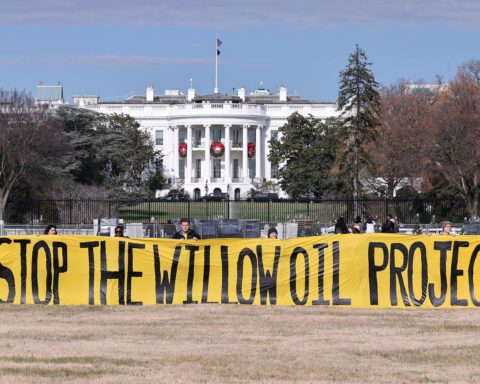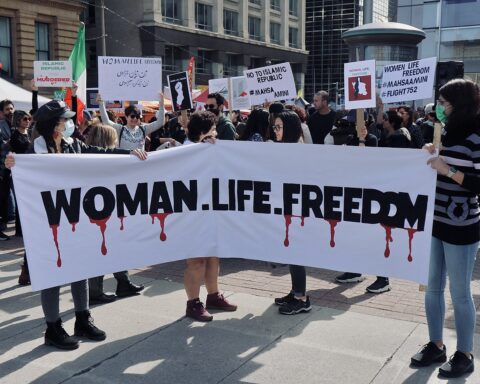MOSCOW (Parliament Politics Magazine) – An armaments store at another military site has been struck by several explosions, a week after what appeared to be an attack by the Ukrainian military on a Russian military post in the occupied Crimea.
Before alleging “sabotage,” Russian officials claimed that a fire started the explosions in the Dzhankoi area.
A railway was destroyed as a result of a separate fire that started at a power sub-station.
Russia’s warplanes were destroyed last week by a series of explosions at a base on the Black Sea coast of Crimea.
However, presidential office adviser Mykhailo Podolyak called the most recent occurrence “demilitarisation in action,” suggesting that the explosions were not unintentional. Ukraine has never publicly acknowledged that attack.
A representative for the Ukrainian air force command confirmed that several Russian military helicopters utilised the site, but he blamed Russia for disregarding fire safety regulations for the explosions.
Russia did not specify the type of sabotage involved in the strike on Tuesday, but the FSB security service reported that Ukrainian saboteurs were responsible for blowing up six electricity pylons within Russia this month.
The Kursk nuclear plant’s technical process of operating has been impacted by the attacks in the Kurchatov region, which is around 100 kilometres (60 miles) from the northeastern border of Ukraine, it was stated.
According to the Russian defence ministry, the explosions that occurred in northern Crimea on Tuesday occurred at a temporary ammunition storage facility on a base close to the village of Maiske at around 06:15 Moscow time (03:15 GMT). Refat Chubarov, a Crimean Tatar described the blasts as a “hit” audible “far across the steppe”.
Sergei Aksyonov, the Russian-appointed regional head visited the scene and said that 2,000 people had been relocated from a village nearby and two persons had been injured, despite the Moscow defence ministry’s claim that there had been no major casualties.
One man was crushed by a wall, and the other sustained a shrapnel wound. Fortunately, their lives were not in danger, he explained.
Early in 2014, Crimea was seized and later annexed by Russia from Ukraine. Using their bases on the peninsula, Russian forces invaded again in February and seized vast portions of southern Ukraine.
In particular, the southern regions of Zaporizhzhia and Kherson have been under Russian occupation, and Ukraine has threatened to launch a counteroffensive to retake those areas.
Satellite photographs from last Tuesday’s attack on the Russian air base at Saky showed extensive damage and the destruction of at least eight warplanes. The precise nature of the wreckage left little question that the base had been attacked by Ukrainian forces, despite Russia’s claim that the tragedy was likely an accident.
The Russian navy’s Black Sea fleet’s aviation capability had been degraded significantly, said the UK Ministry of Defence.
The most recent explosions in northern Crimea are similar to a series of recent attacks in eastern Ukraine that took place behind Russian lines.
The defence minister stated that the Ukrainian forces had attacked as many as 50 armouries since June using US Himars multiple rocket launchers. Bridges in the south had also taken hits, putting a crucial supply line from Crimea to Kerson at risk.
However, drones rather than missiles may have been employed in Crimea, according to Russian media reports. According to the Kommersant website, a Russian military airbase in Crimea was also attacked on Tuesday in Hvardiiske near Simferopol, probably by a small drone.
The Ukrainian military’s apparent capability to penetrate so deeply beyond enemy lines has caused the Russians great embarrassment. Videos shared later on social media showed streams of tourists departing Crimea through a bridge constructed across the Kerch Strait after the Russian occupation. The explosions at Saky were seen from the beaches nearby.






